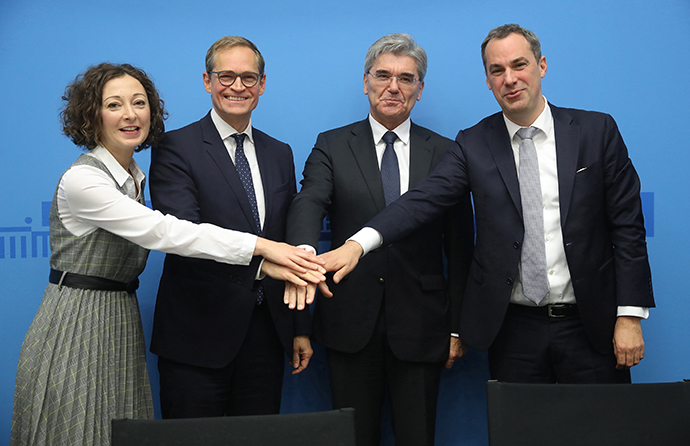On a massive site in Berlin that’s been in the company portfolio since the late 19th century, Siemens aims to create a portfolio for global success in the 21st.
The German multinational on October 31 announced its biggest single investment in its long history in Berlin, when it committed to a €600-million (US$ million) at its 70-hectare (173-acre) Siemensstadt campus in Berlin’s Spandau district. Siemens City 2.0 "aims to transform this large industrial area into a modern, urban district of the future" with everything from manufacturing to residential that will be "home to centers of research and expertise, to start-up incubators and to research and scientific institutes as well as their partner companies."
"The idea behind the founding of Siemensstadt in 1897 was to combine space for working, researching and living to cultivate a beneficial symbiosis for a successful future," said Siemens AG President and CEO Joe Kaeser. "Today, too, we need to rethink the future of work. Megatrends like industrialization and urbanization will usher in fundamental changes. Working, learning and residential living will be more integrated, and increasing connectivity among people and things will create new ecosystems. Siemens is the global market leader and thought leader in automation and industrial digitalization. And this leadership is precisely what Siemensstadt 2.0. is all about. We want to lead the way in shaping Industrie 4.0 in the socioeconomic environment, too. This environment includes a networked ecosystem with flexible working conditions, societal integration and affordable living space."
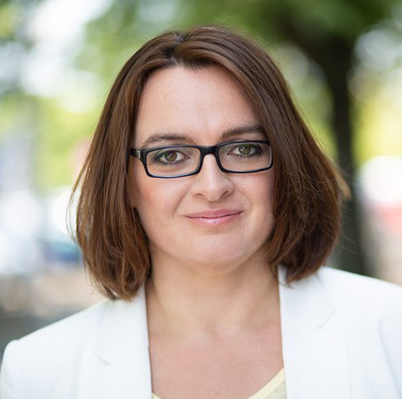
“Berlin became the epicenter of innovation activities of larger corporations and SMEs … These innovation and investment arms work as door openers for the young and innovative startup ecosystem. They connect Berlin with the more industrialized regions, and carry the startup spirit in regions such as Stuttgart, Bielefeld or Hannover.”
"We were able to submit a very good offer to Siemens earlier than the company expected," said Berlin’s Governing Mayor Michael Müller: "I’m particularly pleased that Siemens’ agreement was received on the last day of my presidency of the German Bundestag, where the development of the working world in the age of digitalization was one of my key focuses. We’ll continue to pursue the topic ‘digital and social’ — also with the help of this biggest single investment in Berlin — since increasing digitalization is changing not only the working world but also the lives of many people, just as the Industrial Revolution once did. This commitment to Berlin will generate momentum for years to come."
Not that the city doesn’t already have some. Long known as a startup capital of Europe, the city competes well across a variety of sectors: In the forthcoming 2018 World’s Most Competitive Cities report from Site Selection publisher Conway, Inc., the metro area ranks among the top five in Western Europe in nine of 12 industry sectors, No. 1 in chemicals and plastics; electronics; energy; and machinery, equipment and construction
Maren Lesche, founder of Startup Colors in Berlin, has mentored her share of entrepreneurs around the world, specializing in Internet of Things (IoT), digital health and fintech. Asked how the Siemens news plays amid an already vibrant scene, she says, "The commitment of Siemens shows a very strong dedication to its historically important production site — a complete suburb is called ‘Siemensstadt,’ and influenced generations of workforce in Berlin. The plans also clearly aim to connect a kind of forgotten suburb with the fast-paced and creative innovation community bundling in the center of Berlin. It opens up new workspaces, new links to the manufacturing and R&D facilities of Siemens across the world, and it will also open new business opportunities for young companies."
Neighborhood Rejuvenation … or Not
"The Senate of Berlin convincingly demonstrated to us that it wants a major project of this kind. And it has created very good conditions to make this development a success for both sides," said Cedrik Neike, member of the Managing Board of Siemens AG and a native Berliner, noting that the company is "picking up on Werner von Siemens’ original thinking and carrying his idea into the future."

Werner von Siemens and Johann Georg Halske founded the company 171 years ago in a rear courtyard in the Kreuzberg district — the same district where Google last month finally withdrew from a planned campus after virulent protests against, essentially, the gentrification and higher prices such a project would bring to the offbeat neighborhood. Google has generously pledged to finish the building refurbishments it started, and donate the facility to two community non-profits.
Word has it that Google may entertain the possibility of other candidate sites in the metro area. If so, it might find Siemens’ plan worth a look — both the new campus plan and the original vision: In the late 1890s when Siemens was incorporated and running out of space in the city proper, its leaders looked to develop a major industrial campus in a "wilderness on the outskirts of Berlin" that became Siemensstadt 1.0.
"The move took until 1913," says a company history. "A thriving district was created on the Nonnenwiesen with thousands of jobs, residences, cultural and social institutions and, above all, a clear vision in mind: shaping the future."
That’s what Google is out to do as well. Could the Google Kreuzberg conflict have been avoided if Google had simply chosen to establish a campus in another location, whether a portion of a site such as Siemensstadt or even another slightly less "cool" neighborhood?
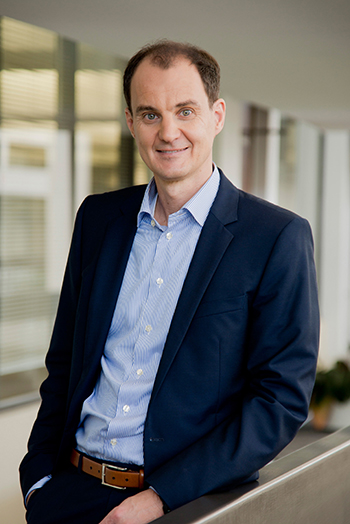
“Combining our power and gas service facilities helps ensure our business is fit for the future.”
"In Berlin, space for larger innovation activities is getting rare, and executing such a large project is not easy, for sure," says Maren Lesche. "Siemens has a very unique position here — there is tradition that meets new approaches, a strong German brand that kind of comes back to its roots and redefines its business to align with the millennial workforce and the spirit of Berlin. I think Google had the best intentions and the best starting point, but somehow did not execute it well, and something that is highly valued in Germany and the culture is a strong sense of execution."
That said, Lesche was as taken aback as Google was by the resistance.
"I was super surprised, and did not see the Google issue coming, since we had other projects like this that found a happy end," she says.
In the Steel City, Rebirth Is an Industry Unto Itself
Could Pittsburgh offer a model? In the resurgent Pennsylvania city — where Google employs 500 at the renovated Bakery Square complex in the East Liberty/Larimore area and where Siemens is among the major employers — the historical currents of the energy industry still flow as strong as the Allegheny. And more people claim Germany ancestry than any other.
This week the region welcomed the opening of Siemens’ new $32-million, 300,000-sq.-ft. Pittsburgh Service Center (PSC) in Mount Pleasant, on a site being redeveloped by Regional Industrial Corporation of Southwestern Pennsylvania (RIDC) in partnership with the Westmoreland County Industrial Development Corporation.
The property, owned by the Pennsylvania Industrial Development Authority, will now be home to Siemens Turbine Generator Specialty Services (TGSS), which supports approximately 150 employees working in the company’s large-scale turbine and generator business. Siemens says it built the PSC to consolidate its Power Generation Services work, previously performed at two separate locations in the region.
"Combining our power and gas service facilities helps ensure our business is fit for the future, said Tim Holt, president, Power Generation Services, Siemens, "and better integrates the expertise of our Siemens team under one roof so we can serve our customers even better."
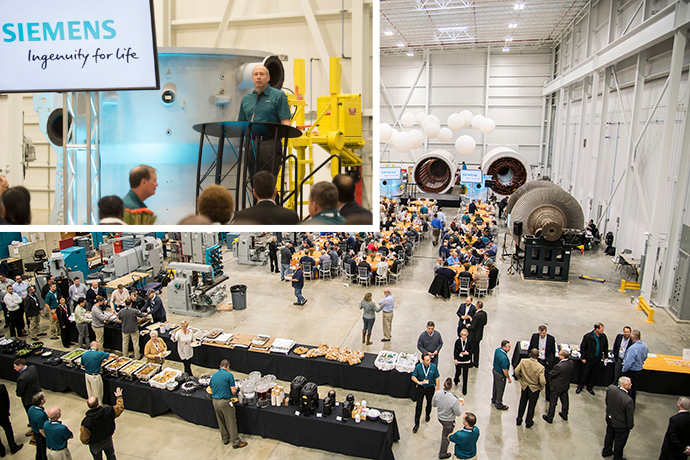
The PSC is landing in part of a 2-million-sq.-ft. campus originally built but never occupied by Chrysler in 1969. The complex was taken over by Germany’s VW in 1976, making it the first foreign-owned auto assembly plant in the nation. That lasted 12 years. The next occupant was Sony, which employed up to 3,000 making cathode ray tubes for televisions. Remember those? The ultimate closure happened in 2010. Siemens could be the next catalyst, and already has formed an apprenticeship program for machining and welding students with the Westmoreland County Community College’s (WCCC) Advanced Technology Center, located next door.
"Siemens is one of our region’s great business assets, helping to fuel economic development and growth of the Westmoreland community," said Donald Smith Jr., president of RIDC. "By developing programs with WCCC – which is also an anchor presence on this campus – Siemens is demonstrating the value the Advanced Technology Center can provide to employers while building a highly skilled local workforce."
The Westmoreland County site is about the same distance from the rejuvenated Bakery Square district where Google serves as an anchor as Siemensstadt is from Siemens’ birthplace in Kreuzberg in Berlin. In the area around Bakery Square, there’s no denying the gentrification (some would say increasing economic disparity) since Google arrived a decade ago in the massive brick edifice where Nabisco once baked cookies. And some pushback in the name of social inclusion is taking place. In April, Pittsburgh’s Zoning Board of Adjustment denied Walnut Capital Partners’ request for a variance to add three floors to a planned $40-million six-story office building and parking deck at the Bakery Square complex. But ultimately the project gained approval in June, on conditions addressing community involvement and transit issues. Among several objections to the expansion, one local councilman described it as "transactional, not transformational."
Both Siemens and Google, it seems, are growing more aware by the minute of the ways a spirit of innovation must address the socio-economic milieu at the same time it addresses scientific and industrial topics. Siemens may be further along that path than most, as its new project in that former wilderness outside Berlin aims to include not just a technology park and incubator by 2030, but new residential approaches too. Alongside work in such areas as IoT, AI, blockchain, additive manufacturing, electric vehicles and distributed energy systems, and in cooperation with the Senate of Berlin, Siemens will conduct an urban planning competition as the basis for the project’s further development.
That too, has roots in history: The investments Siemens made more than a century ago included connecting the new district to the city’s public transportation system, financing the construction of new roads, building the first bridge across the Spree River and a power plant that, among other things, supplied power to the first private residences at Nonnendamm.

“We want to lead the way in shaping Industrie 4.0 in the socioeconomic environment, too. This environment includes a networked ecosystem with flexible working conditions, societal integration and affordable living space."
"Even more important, however, were measures taken to make Siemensstadt appeal to new employees," says the company history. "To attract Berlin’s most qualified workers, in 1904 Siemens began building modern, company-owned housing while at the same time supporting the construction of cultural and social institutions such as churches, schools, recreational facilities and parks. The efforts were successful: In 1914, the growing community already had 7,000 inhabitants."
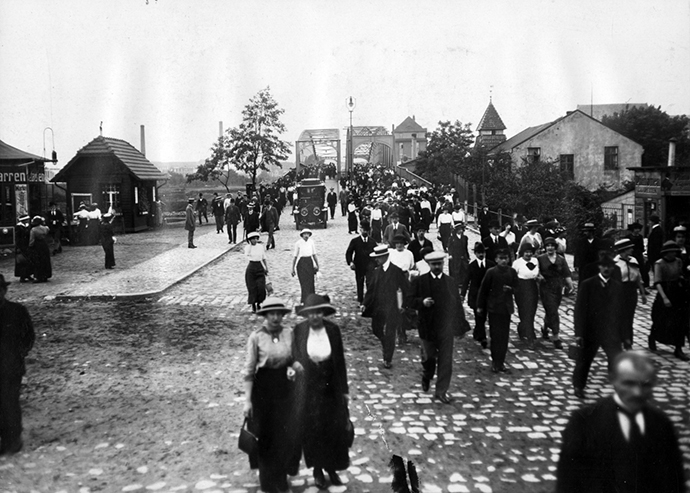
Siemensstadt 2.0 aims for the kind of neighborhood that tech firms, global industrial conglomerates and even regular citizens might find attractive — call it a test bed for neighborliness.
"The new Siemensstadt will enable us to create an ecosystem that is open to all in order to bring working, researching, living and learning together in one place," said Siemens AG Managing Board Member Cedrik Neike. "We’re connecting top technology with new working environments, which enables us to develop a neighborhood that offers space for driving advances and progress."
"Berlin is becoming more and more a Smart City and thus sending a clear signal," said Berlin Mayor Müller. "Economic modernity and social responsibility go hand in hand, and are being conceived, tested and lived here."
